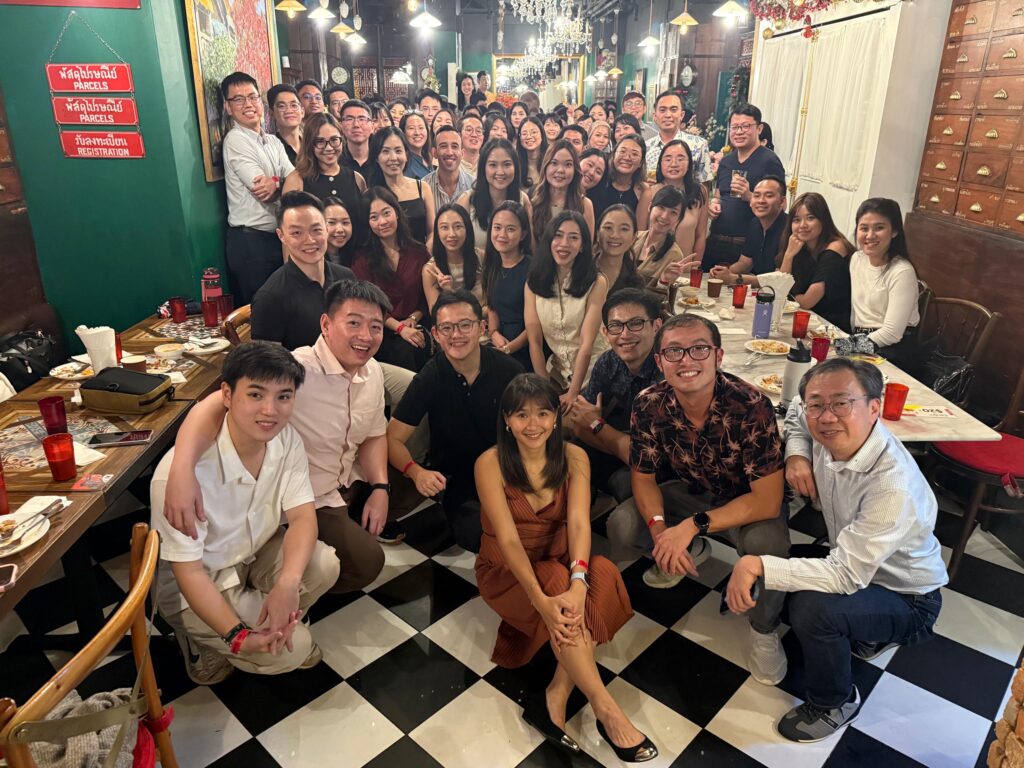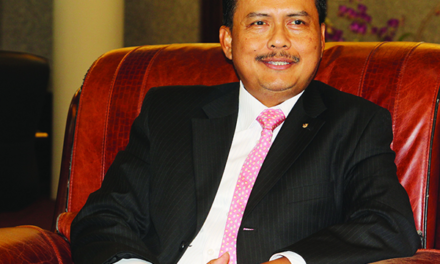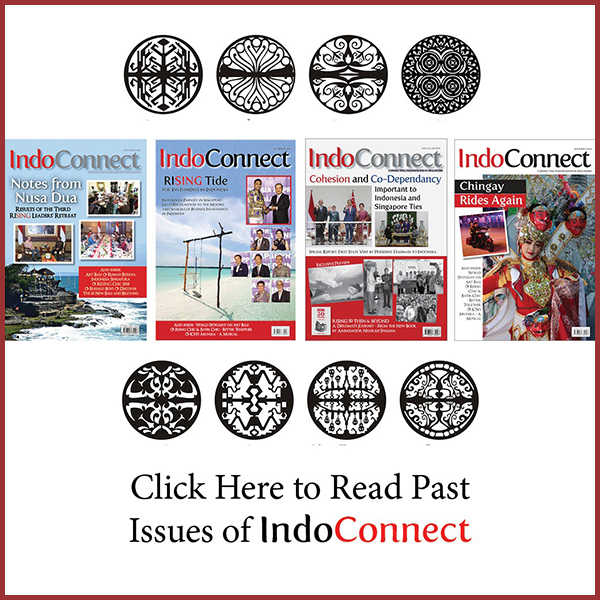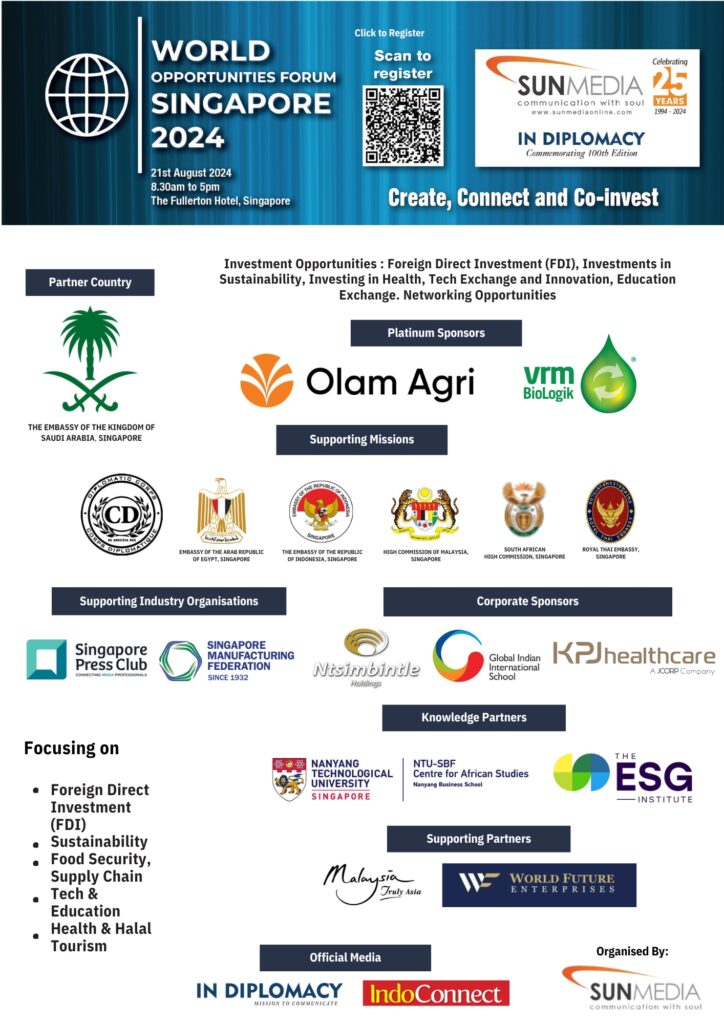In a recent interview, Mickey Jane Salim shares insights on ASEAN’s role in global development and the region’s path to realizing its full potential.

In an insightful interview, Mickey Jane Salim, a young voice in the region, shared her thoughts on ASEAN’s evolving role in the global landscape and the challenges the region faces. With Asia increasingly emerging as a global powerhouse for innovation and development, Mickey highlights how strategic policies in ASEAN countries are attracting global attention and driving growth. She also touches on Indonesia’s potential as a key player in ASEAN and the need for the region to capitalize on its strengths collectively.
Beyond economic and strategic topics, Mickey reflects on disparities within the region, particularly in terms of development and social structures. Drawing from her personal experiences, she discusses how societal mindsets and ingrained biases still pose challenges, while also acknowledging the progress made in some countries. Through her perspectives, Mickey underscores the importance of both unity and inclusivity in ensuring ASEAN realizes its full potential.
What do you think is ASEAN’s strength and its role in the global landscape?
In terms of a global perspective, I personally believe that Asia is the next big thing—it’s no longer just about the West. Asia represents hope for innovation and development. For example, we’ve seen how companies are setting up headquarters in Vietnam due to the strategic policies implemented by their government. Even Apple has started operations there.
Indonesia, as the largest country in ASEAN, has immense potential, but we need to leverage our strengths better. From my perspective, Indonesia has quantity in terms of resources and population, but we need to “keep up our game” to remain competitive.
As for ASEAN as a whole, the region holds tremendous potential. While East Asia has matured and its growth is starting to slow down, the next wave of growth will come from ASEAN. The region is primed for expansion, and its collective strength will play a critical role in shaping the future of global development.
Do you think there are disparities or gaps in demand and development across ASEAN countries?
I recently discussed this on my social media. Growing up in a family with three daughters, my parents always encouraged us to aim high and succeed. As a result, I never experienced or noticed gender disparity within my family. We all had equal opportunities to study and thrive, and the absence of brothers meant we never faced direct comparisons or biases.
However, over the past five years, I’ve come across more women sharing their experiences, and I’ve realized that gender disparity exists and is deeply rooted in societal structures, starting from the family. Even families who send their children abroad, who are often perceived as more open-minded, sometimes still hold gender biases, favoring males as being more “superior.”
In Singapore, I see this issue much less frequently. The government supports working mothers significantly, and the societal structure here ensures more equal opportunities. However, in Indonesia, there is still a long way to go to achieve gender equality. While progress has been made, much work remains, especially in changing mindsets and dismantling the ingrained gender biases that hinder women’s potential.
Credit: Alma Amarthatia, Clara Paska








